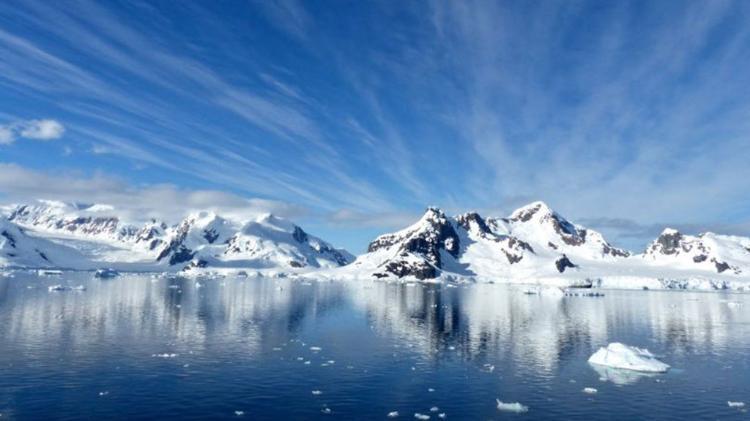Joint NIASRA-SAEF seminar during the 2023 Global Climate Change Week

Antarctic biodiversity modelling with uncertainty quantification
-
-
-
Wollongong Campus
Building 20 Room 3
NIASRA (National Institute for Applied Statistics Research Australia) and SAEF (Securing Antarctica's Environmental Future) explore the intricate relationship between Antarctic biodiversity and climate change.
Understanding and predicting Antarctic biodiversity responses to climate change is critical for informing conservation planning and management in Antarctica. Biodiversity, with its multi-dimensional nature, interacts with climate change in complex ways. In this talk, we will consider changes in species composition along environmental distances over space, using generalised dissimilarity models.
Throughout the talk, the biodiversity modelling will be illustrated using assemblage data for lichens from Bunger Hills, an ice-free area in East Antarctica. As one of the most species-rich vegetation groups, lichens are capable of surviving and thriving in the extreme conditions of Antarctica, and thus lichen diversity is pivotal to the structure and functioning of Antarctic terrestrial ecosystems.
Due to its unique location, Antarctica remains a region with an extreme environment that limits accessibility to data. Here, we will quantify the uncertainty that arises from using coarse-resolution numerical climate data instead of in-situ measurements, and propagate the uncertainty to the analysis of lichen diversity. The presented work is in collaboration with Noel Cressie and Andrew Zammit-Mangion from the University of Wollongong, and David Clarke and Melodie McGeoch from La Trobe University.
For the zoom link and passcode, please email Karin_Karr@uow.edu.au